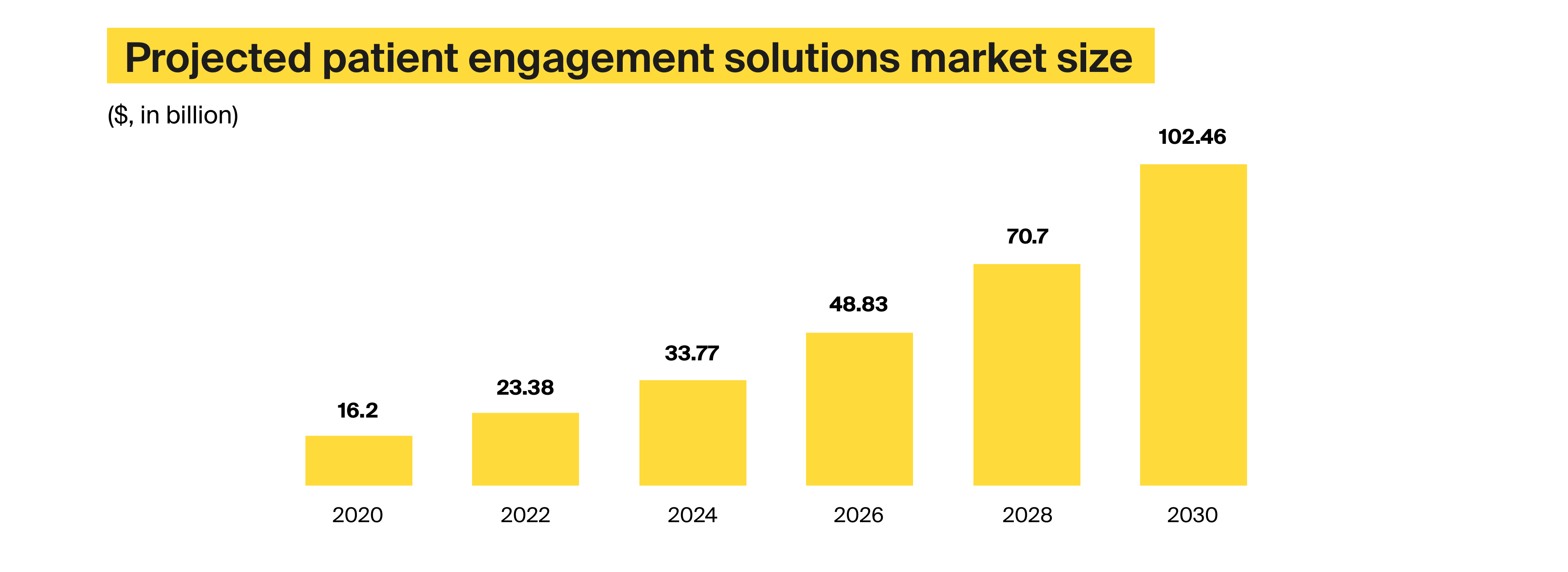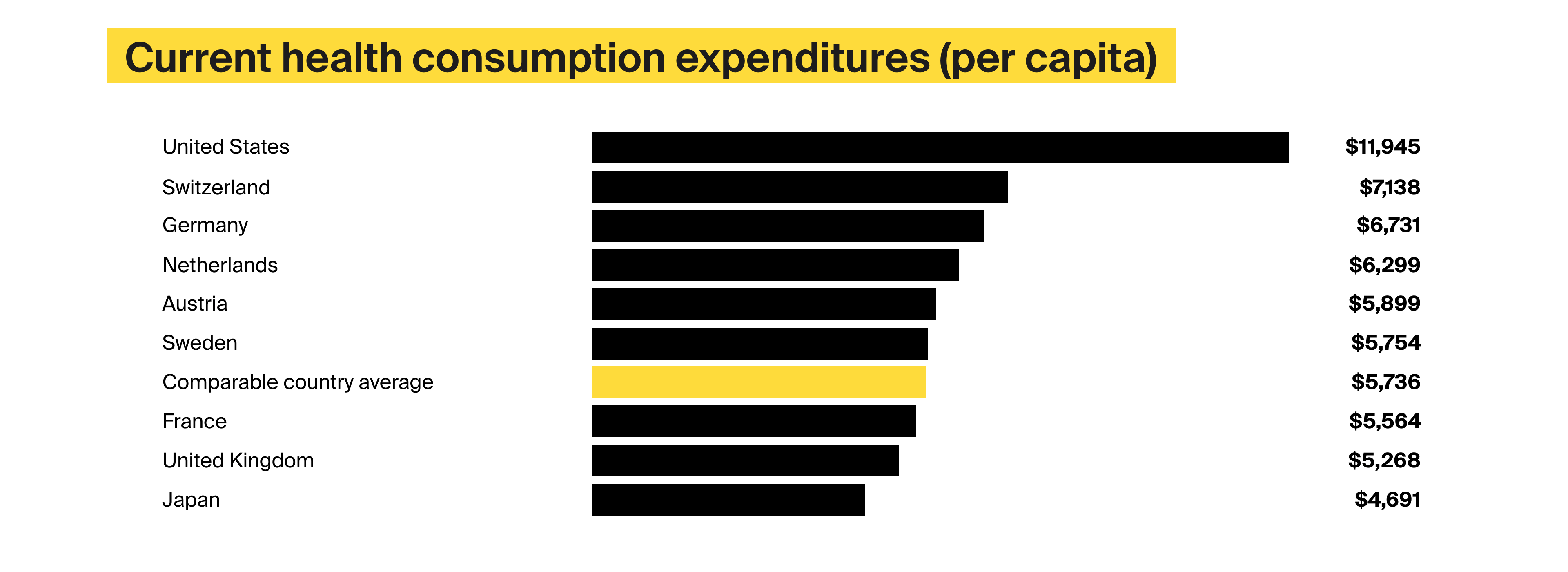Such a solution is developed specifically for your organization to cover your unique needs and cater to your internal processes. You will have full ownership of the final product. The vendor or your team will customize this software following any relevant changes in your organization.
Unlike CMS-based solutions, custom-built platforms are developed from scratch, which gives you the freedom of choice when it comes to technology. Together with the vendor, you can select the web development framework, the database type, front-end technology, and data visualization format. This type of patient engagement software is easy to integrate with third-party systems because you are in full control of the code.
One example of a custom-built solution is this
automated appointment scheduler that integrates doctors’ schedules into the EMR system and facilitates appointment management. Another example is this
AI-based solution that manages data of patients diagnosed with cancer and assists doctors in
developing personalized cancer treatments. It also contains a social platform that allows patients to share their experience and support each other.
The cost of a custom-built patient engagement system starts from around
$50k. Under this price tag, you will get the basic patient engagement features, such as appointment scheduling, patient feedback, billing, and payment, as well as a simple chatbot integrated from third-party services and basic analytics. Such a solution will take at least three months to develop.
More complex patient engagement tools will cost at least three times more. For example, if you want a solution that offers all the basic functionality in addition to connected wearable devices that help monitor patients’ condition, intelligent chatbots, and an AI-driven analytical system that can perform risk estimates for individual patients, that will cost you at least
$120k-$150k.
Characteristics of custom-built patient engagement solutions:

















